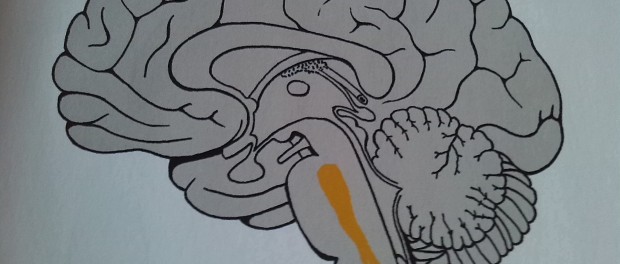Scientists discover magic molecule which stops development of Alzheimer’s disease

In what is a huge scientific breakthrough, scientists have managed to find the molecule, which halts the development of Alzheimer’s at a crucial stage, and breaks the toxic chain reaction that leads to the death of brain cells.
The research was carried out by an international team made up of academics from Cambridge University, Lund University, the Swedish University of Agricultural Sciences and Tallinn University.
Their findings which show that a molecular chaperone, a type of molecule that occurs naturally in humans, can play the role of an ‘inhibitor’ part-way through the molecular process that is thought to cause Alzheimer’s, were reported in the journal Nature Structural & Molecular Biology.
Dr Samuel Cohen, a research fellow at St John’s College, Cambridge, and a lead author of the report, said: “A great deal of work in this field has gone into understanding which microscopic processes are important in the development of Alzheimer’s disease; now we are now starting to reap the rewards of this hard work.
“Our study shows, for the first time, one of these critical processes being specifically inhibited, and reveals that by doing so we can prevent the toxic effects of protein aggregation that are associated with this terrible condition.”
Finding this molecule that can block the progress of Alzheimer’s disease at a crucial stage in its development has raised the prospect that more such molecules may now be found.
Dr Cohen believes that it “may not actually be too difficult to find other molecules that do this, it is just that it hasn’t been clear what to look for until recently.
“It’s striking that nature – through molecular chaperones – has evolved a similar approach to our own by focusing on very specifically inhibiting the key steps leading to Alzheimer’s. A good tactic now is to search for other molecules that have this same highly targeted effect and to see if these can be used as the starting point for developing a future therapy.”
The molecule, called Brichos, sticks to threads made up of malfunctioning proteins, called amyloid fibrils, which are the hallmark of the disease. By doing so, it stops these threads from coming into contact with other proteins, thereby helping to avoid the formation of highly toxic clusters that enable the condition to proliferate in the brain.
This step – where fibrils made up of malfunctioning proteins assist in the formation of toxic clusters – is considered to be one of the most critical stages in the development of Alzheimer’s in sufferers. By finding a molecule that prevents it from occurring, scientists have moved closer to identifying a substance that could eventually be used to treat the disease.
Dr Laura Phipps of Alzheimer’s Research UK, the UK’s leading dementia research charity, said: “This detailed study has revealed a potential way to prevent the build-up of amyloid, and highlights a possible new avenue for research into new treatments for Alzheimer’s disease.
“Researchers are working hard to identify the molecular process that are most toxic to nerve cells in Alzheimer’s and this technically challenging study has revealed clues to how to block one important chain of events in the disease. Alzheimer’s is a complex disease, and further research will be needed to understand whether this approach could help stop its catastrophic effects in people.”
She added: “The more we know about the different molecular mechanisms driving Alzheimer’s, the better equipped we will be to fight the disease. Investment in research is critical if laboratory findings like these are to translate into benefits for patients, and Alzheimer’s Research UK’s Drug Discovery Alliance is well-placed to help realise this ambition.”
Article By: Sue Learner, News Editor Carehome
